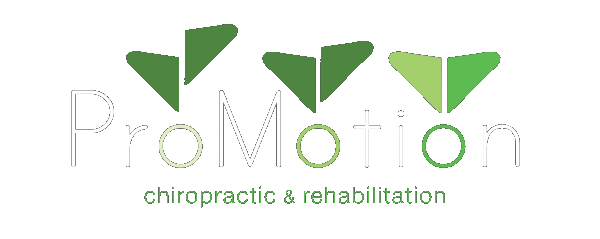Chronic pain is any pain that lasts for more than three months. At that point in time, any tissue that might have been damaged at the onset of injury will have healed and therefore, should no longer be painful. So why do we hurt?
Pain is an output of the brain. The possibility of pain starts when nerve fibers that transmit pain signals (nociception) send information to the brain. Then the brain decides if it is important or not, and what to do about it. To make this decision the brain incorporates all the information you have about pain and all the context around you (your environment). That context could include your beliefs and thoughts about your back (you think it’s weak, unstable, degenerative, etc), your history of injuries, memories of others who have had back injuries, the smell in the room, or the amount of lighting. Any credible evidence of danger to your body will modulate pain (a dark room will upregulate a pain response). If the brain determines there are more “danger cues” than there are “safe cues”, then the brain will say “yeah, we’re gonna make that hurt”.
After pain has been present for an extended time a couple things happen: 1. There is increased sensitivity to that area. In effect, your brain becomes better at creating pain, and 2.) There is decreased precision in deciphering the location of the pain whereby the pain starts to spread, move around, or changes in how it feels (achy, stabbing, etc.). These changes represent real and significant changes in the circuitry of your brain. It may be difficult for people with chronic pain to believe because their pain is 100% real but it no longer accurately signals damage to the tissues.
There is significant evidence that when people in pain are taught about the pain mechanisms of the body and brain, their pain will decrease. There is significant evidence that the brain can regain precision in the areas of chronic pain. The brain is plastic and does change and even the circuitry of pain can be retrained. “Movement is king” with retraining the brain to reduce pain. I often use a “stop light” analogy to guide patients. If there is no pain when doing an activity you have the “green light”. If you have some awareness or pain while doing an activity but there is no residual pain after doing the activity, you have the “yellow light” and can proceed with caution. If you have pain while doing an activity and residual pain after the activity, that is a “red light” and you should avoid that activity until a later time.
If you have questions or want to learn more feel free to contact Pro-Motion Chiropractic. Or, here are some links you may find helpful.

